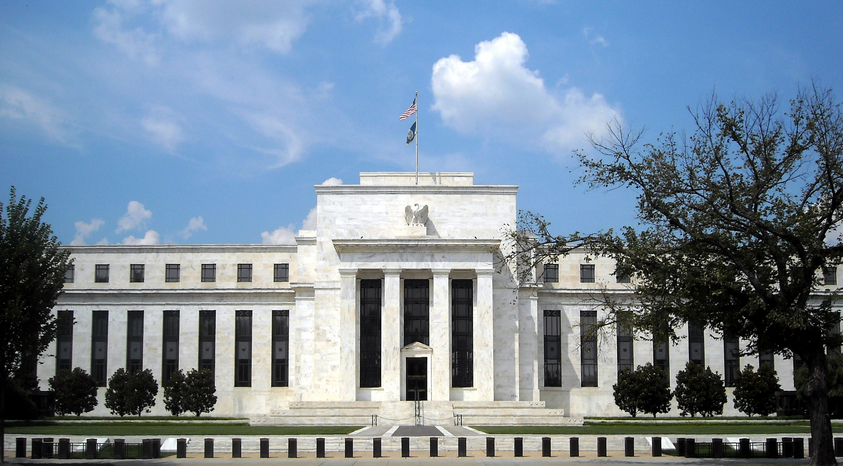- The 10-year US Treasury yield fell below 2% for the first time since 2016 on Thursday.
- The falling yield came after the Fed held interest rates steady Wednesday, amidst dovish messages from many central banks including the European Central Bank and the Bank of Japan.
- Some experts are fearful that the low yields are indicative of concerns over the economy.
- Read more on Markets Insider.
Investors are piling into US debt, signaling worry about economic growth and escalating trade tensions.
The yield on 10-year US Treasurys slid below 2% late Wednesday, falling to its lowest point since the November 2016 presidential election.
The downward slide came after the Fed held interest rates steady Wednesday and opened the door for rate cuts in the future, pending further escalation of the US-China trade war. The dovish policy is a swift reversal from the Fed’s stance at the end of 2018, when it was on a rate-hiking path.
This whiplash caught many off guard. In January, no one expected yields to fall below 2.5%, according to a survey from the Wall Street Journal.
The decline comes for an unfortunate reason: investors are worried about economic growth. As those concerns rise, traders tend to flock to so-called haven assets such as the 10-year note.
In fact, the shift into these defensive bonds has reached the point where being long 10-year Treasurys was recently dubbed the "most crowded trade" in the June global fund manager survey conducted by Bank of America Merrill Lynch.
A bonus just for you: Click here to claim 30 days of access to Business Insider PRIME
Escalating trade tension has also contributed to falling yields. The uncertainty around the US-China trade war is one of the biggest risks to global growth, so central banks are turning dovish to keep the expansion running. This has contributed to global yields falling, notably in the UK and Europe, which has also pushed the 10-year yield lower, said Ed Yardeni of Yardeni Research.
Abroad, Japan, Holland, Switzerland, and Denmark have already been in negative-interest-rate territory. Most recently, European Central Bank President Mario Draghi pledged on Tuesday to stimulate the eurozone if economic conditions don't improve.
That dovish stance sent the euro lower and earned the ire of President Trump, who accused Draghi of manipulating the Euro. In an environment where rates are falling, it can weaken the US dollar which can help other countries stabilize their own economies.
As the 10-year yield has fallen, it's inverted the so-called yield curve between the 10-year and three-month bond, a long-watched sign that a recession could be on the horizon. Even those that dispute the yield curve's predictive power warn that slower growth and market volatility is likely to come.
To be sure, some industry watchers say that the falling yield is nothing to worry about - and there's a chance it will fall even further.
"The Fed wants the market to know that they're ahead of the outcome," said Chirag Mirani, the head of US rates research at UBS.
They're incentivizing investors to continue to fund economic expansion by switching to a stimulative economic policy, he said.
While the bond market is often watched for signals on economic performance, some say that it's reacting more to trade tension than weak economic data at this point.
"Everyone says the bond guys are the smartest people in the room, and there's some truth to that," said Ryan Detrick, a senior market strategist at LPL Financial.
While there is a slowdown, he doesn't think that there's much cause for alarm ahead.
"This is just a slowdown in the US and the global economy and the likely expansion and likely upside would come in the second half of the year," Detrick added.

